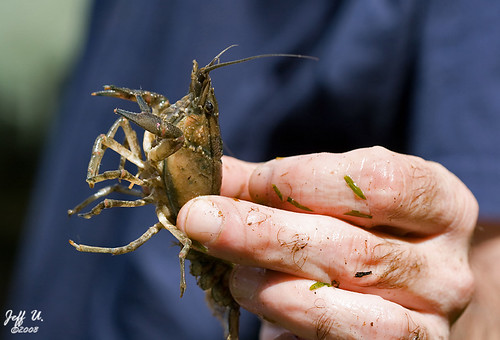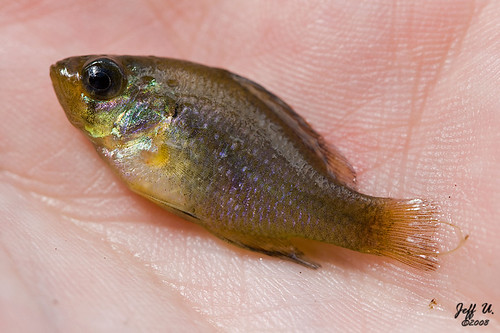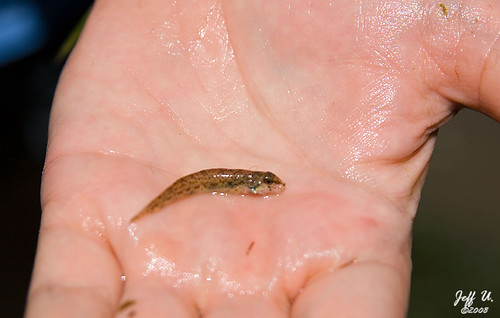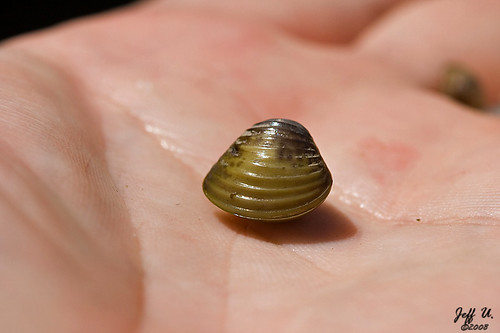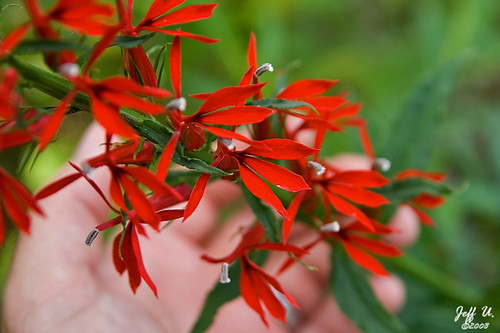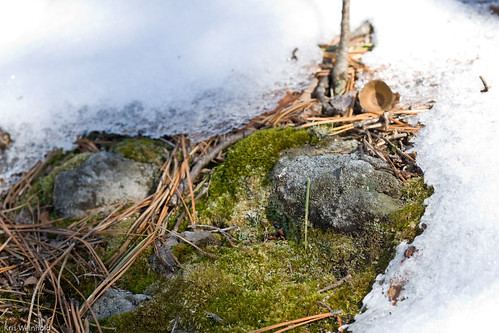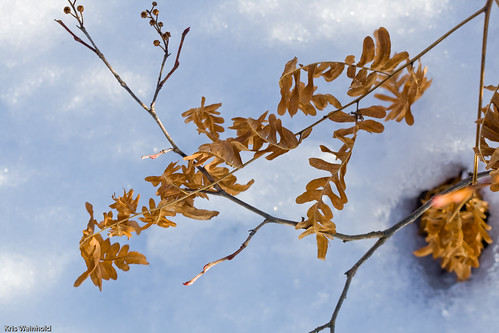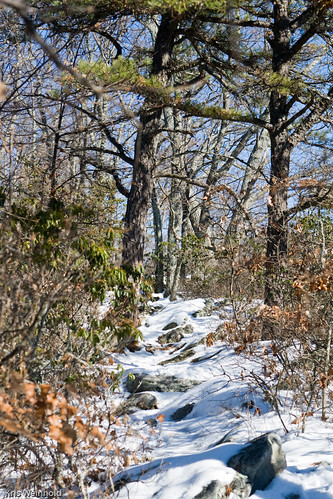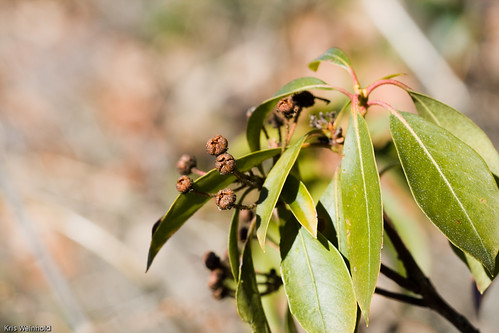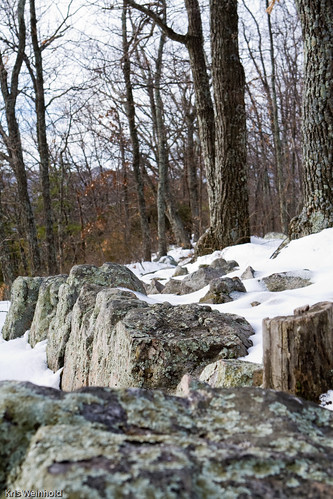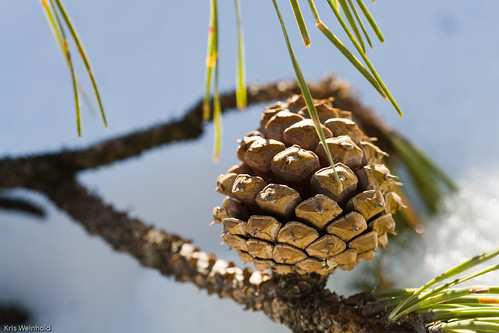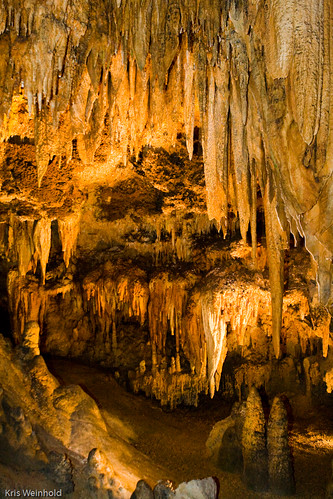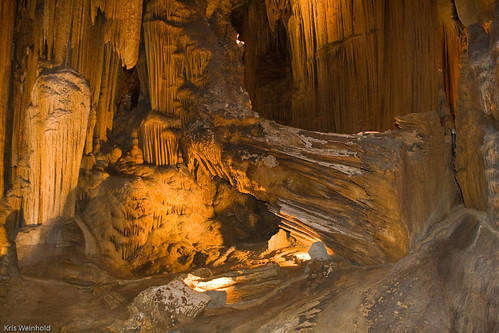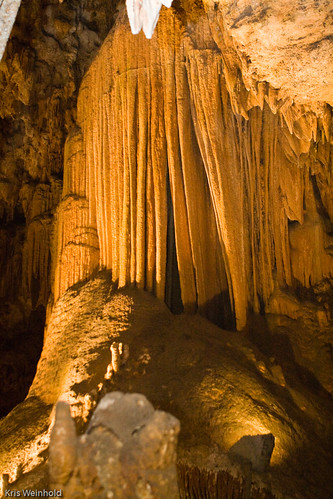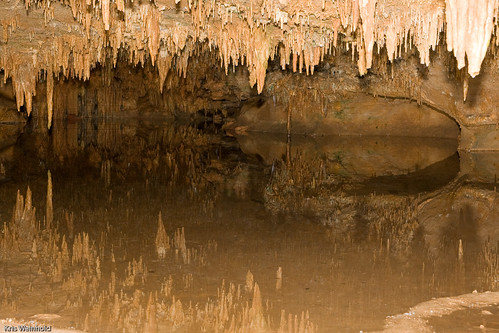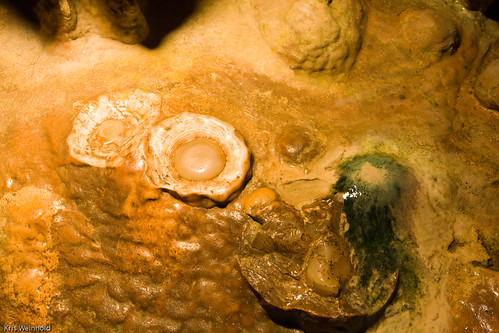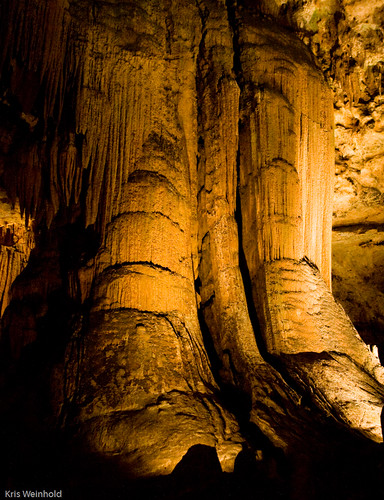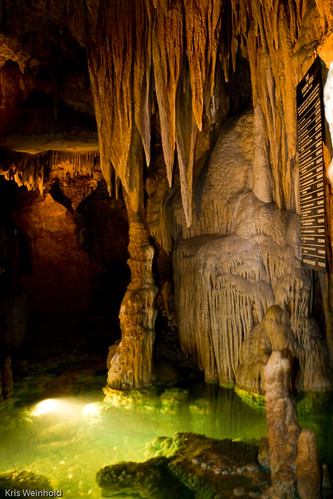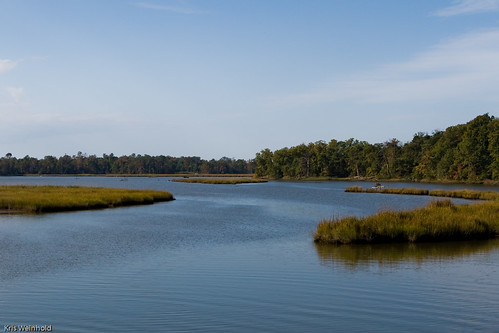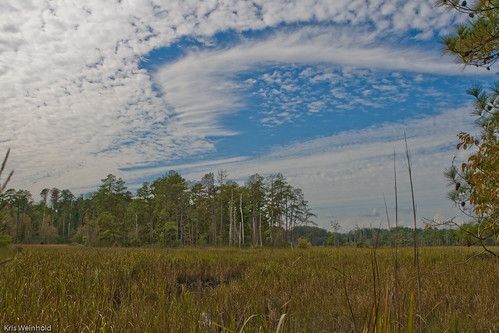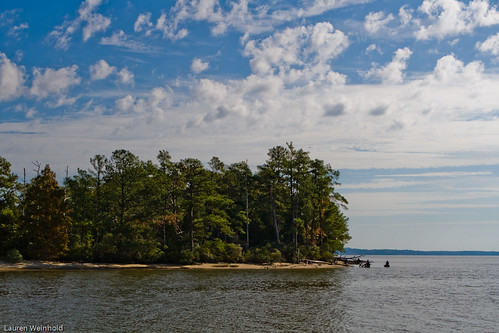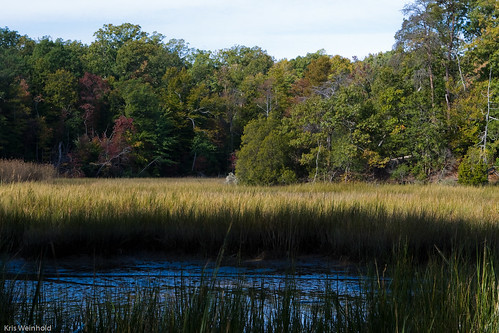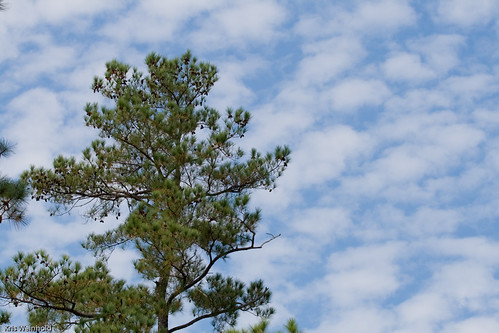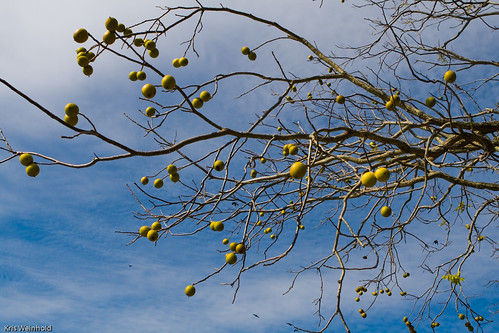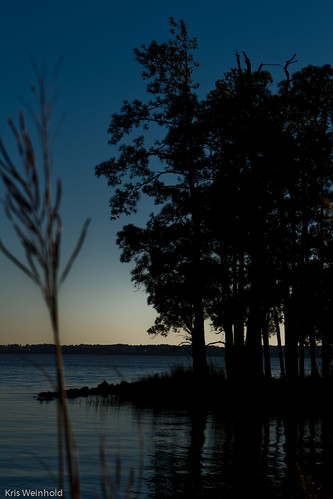Collecting in the Potomac River
August 11th, 2008On Saturday, a few GWAPA members got together in Virginia along the Potomac River to see what fish we could pull out of the river. Armed with the necessary permits and a few experts in native fish, we started pulling seine nets through some areas near the shore. Most of the shoreline was completely consumed by Hydrilla, an incredibly invasive exotic weed from Asia.
Initially, the Hydrilla was way to thick, and besides pulling a few crayfish from the water, we didn’t have a whole lot of luck. We eventually crossed the street, and found a better location a little bit upstream in a creek that feeds into the Potomac.
Once we did this, we started pulling out all kinds of fish and critters. By pulling the net through the Hydrilla we were able to target the fish we were interested in, while also doing the river a service by pulling much of the noxious weed from the water and onto the bank.
The main fish I was interested in finding on this trip was the Blue Spotted Sunfish, Enneacanthus gloriosus, which is a beautiful native sunfish that only gets to 2-3 inches in length. This makes it a wonderful fish for the planted aquarium, as it should not rearrange the tank like some of the larger sunfish, and loves the cover that plants provide.
We were also hoping to find some snakeheads, not to keep for the aquarium because doing so is illegal, but to see how widespread they really were in the river. Although a bit disappointing to us, I suppose it’s a good thing that we didn’t actually pull any in our nets. Had we found any, legally, you have to euthanize them on the spot.
We did get a large number of Banded Killifish, Fundulus diaphanus, which are also good fish for the aquarium. They get to about 4 inches in length, but most of the ones we pulled in were smaller than that. In addition to the killies, we also found one or two darters, specifically, the Tessellated Darter, Etheostoma olmstedi, which are fascinating bottom dwelling fish. I really would have liked to find more of these guys.
Besides the fish, we also pulled in a number of other aquatic creatures, including a countless number of nasty looking bugs, beetles, and dragonfly nymphs. In addition, we got some grass shrimp, Asiatic clams, and all sizes of crayfish.
The area where we found all the fish had a number of aquatic plants including Heteranthera dubia, Vallisneria americana, Myrophyllum, Najas, and a beautifully flowering Lobelia cardinalis. While many aquarists keep the small form of Lobelia cardinalis, you can see that this would be a beautiful pond plant!
With great weather, and a good haul, we had a really great time at the Potomac River this weekend. Huge thanks go to Bob in GWAPA for organizing the trip, and to everyone else for participating. Finally, I want to thank Jeff U for taking fantastic pictures, and allowing me to use them on this website.

